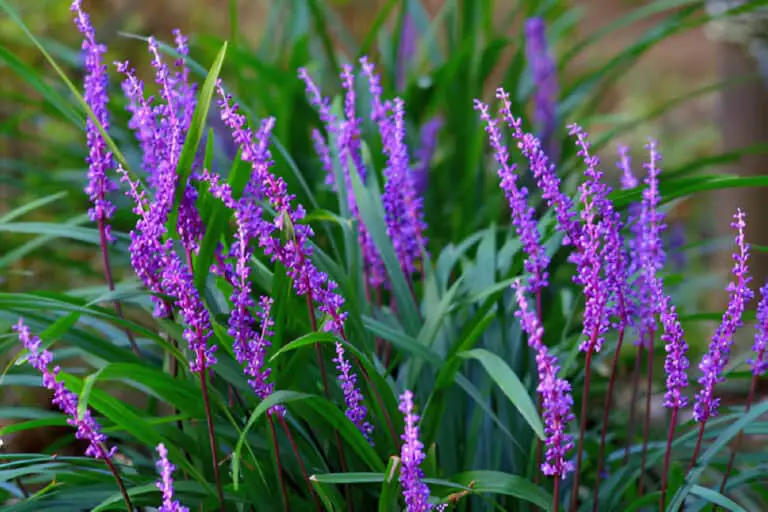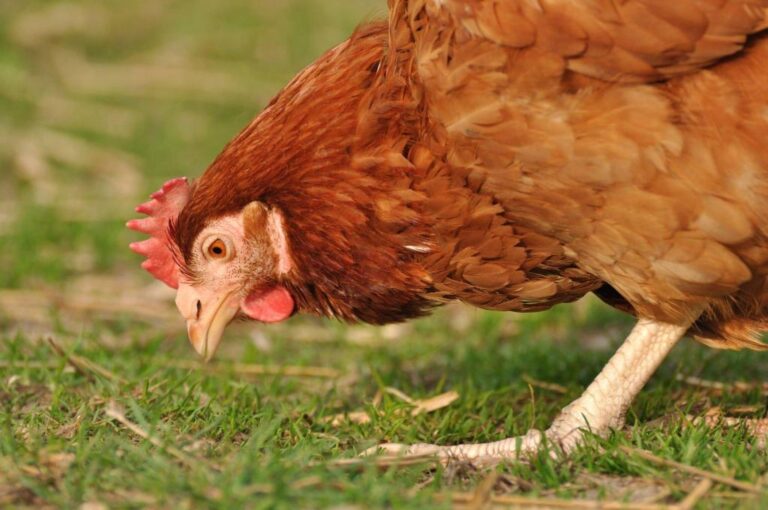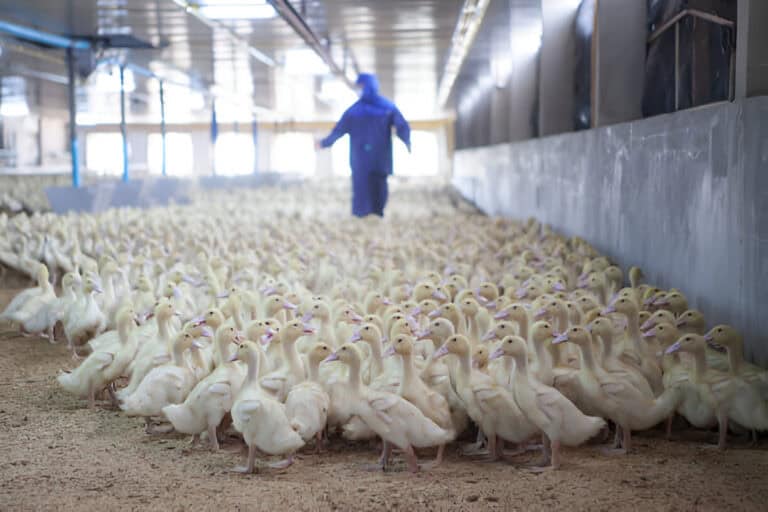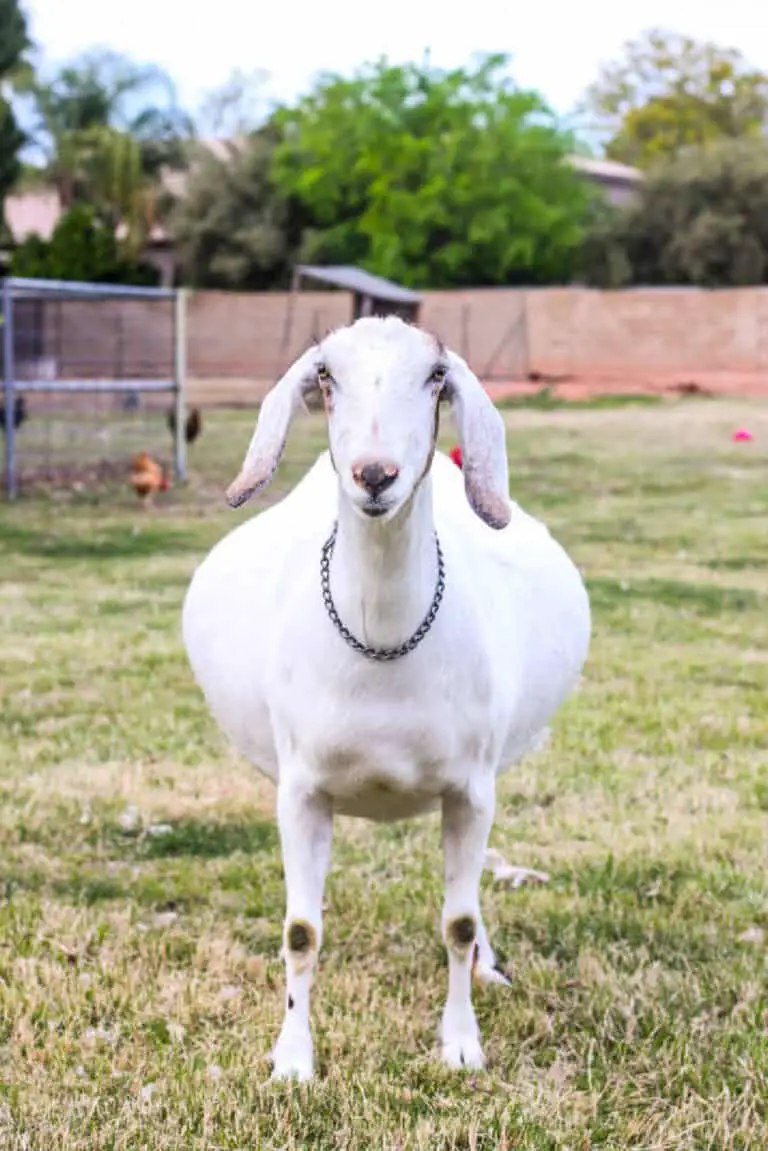Should I Put Water Inside or Outside Chicken Coop?
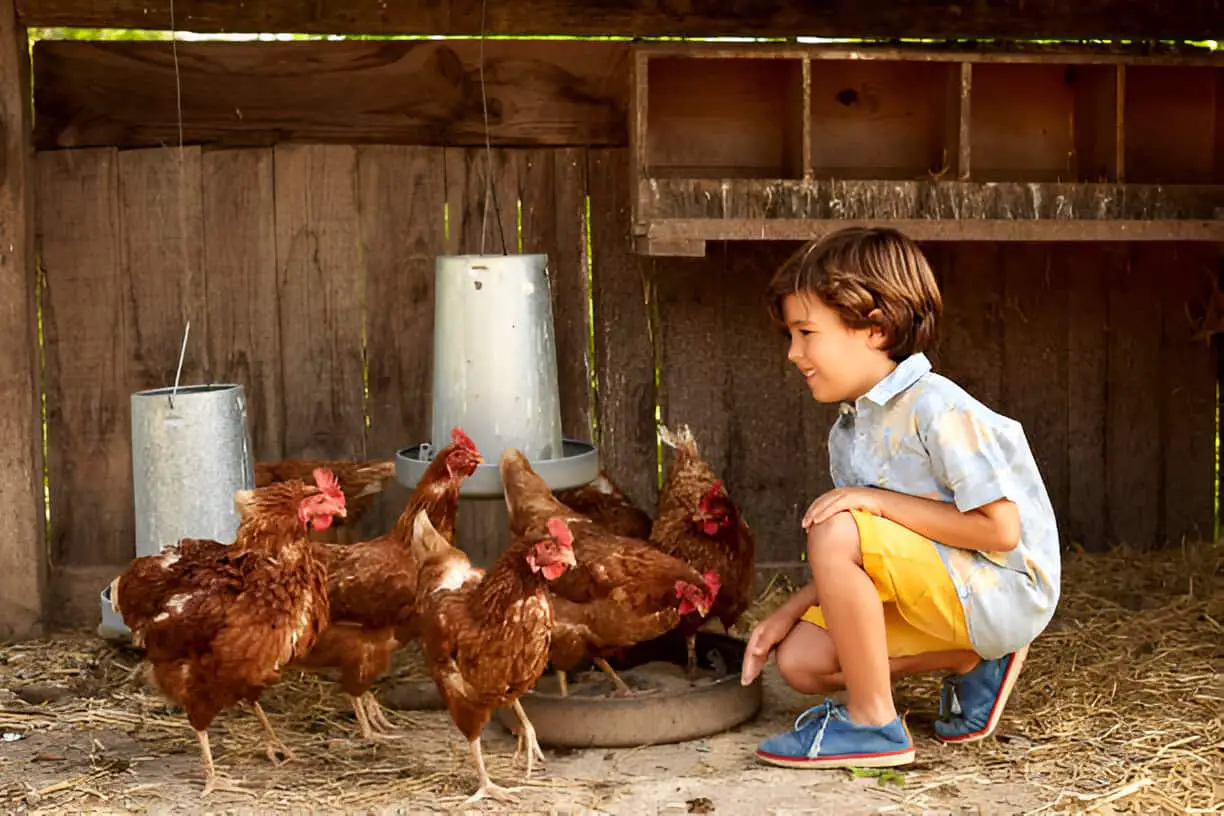
Raising chickens is like having your own personal supply of morning eggs—fresh, organic, and straight from the source. But, like any pets, chickens need the basics: food, water, shelter, and a bit of love.
One question that often pops up when setting up a coop is where exactly to place the water. Should it go inside the coop, outside, or both?
Believe it or not, this small decision can make a big difference for your flock’s comfort and health. Let’s break it down and figure out where the best spot is for your chickens’ water.
Understanding Chickens’ Hydration Needs
Chickens, like all animals, need a steady supply of water to stay healthy and productive. Several factors influence their hydration requirements, including age, activity level, temperature, and diet. For example, during hot weather or when they’re laying eggs, chickens will need more water to stay hydrated.
Signs of dehydration in chickens can be subtle but should be monitored closely. Look for dry or sticky beaks, lethargy, or a decrease in egg production. Chickens that are severely dehydrated may even exhibit sunken eyes or become more sluggish, making it harder for them to move around.
Maintaining a consistent water supply has numerous benefits. A reliable source of fresh water helps regulate a chicken’s body temperature, supports digestion, and keeps them active and healthy. In fact, regular hydration is essential for egg production and overall well-being.
| Factor | Effect on Hydration |
| Age | Younger chickens need more water. |
| Weather | Hotter temperatures increase water needs. |
| Diet | High-protein or dry foods require more water. |
Making sure your chickens always have access to clean water can prevent dehydration and improve their health in the long run.
Put Water Inside the Coop: Convenience and Safety
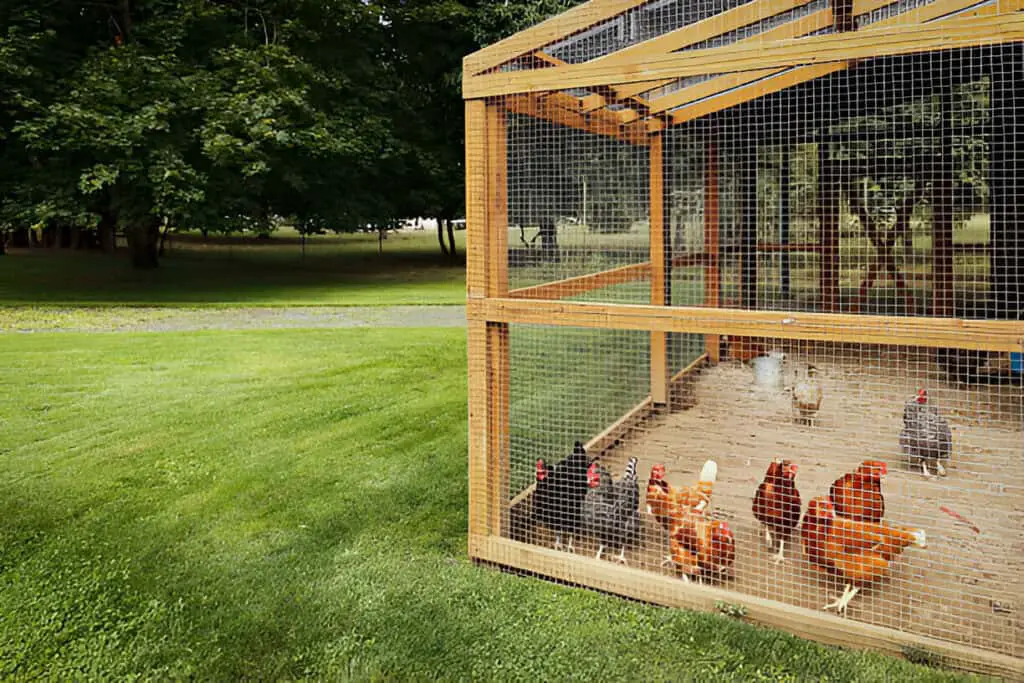
Having water inside the coop seems like an obvious choice, right? Chickens spend a decent amount of time inside, especially overnight and during bad weather. When you place water inside, your hens have easy access, whether they’re waking up with the sunrise or seeking shelter from a storm.
One of the best parts of keeping water inside is the convenience during extreme weather. On cold winter mornings, the last thing you want is to trek outside only to find the water frozen solid. With water inside the coop, it’s sheltered from the elements, staying liquid longer during chilly nights.
However, there’s a catch. Chickens can be quite the messy crew. They’ll kick up bedding, feathers, and even droppings into the water. This can lead to rapid contamination, meaning you’ll need to clean and refill the water more frequently.
Plus, if the water spills inside, it can make the coop damp and unhygienic—nobody likes a soggy house!
Pros of Inside Watering:
| Pros | Explanation |
| Accessibility | Chickens can easily reach water without going outside, especially during extreme weather. |
| Protected from the Elements | Water stays liquid longer in cold weather, and there’s less evaporation during the hot months. |
| Check out: Do KFC and McDonald’s Use Free Range Chicken? |
Put Water Outside the Coop: Encouraging Activity and Cleanliness
On the flip side, putting water outside the coop might be the better bet for a cleaner and more natural setup. Chickens are curious, active creatures who spend most of their day outside scratching around for bugs, nibbling on plants, and sunbathing.
Placing water outside encourages them to move around more, keeping them active and happy. Fresh air and exercise are as vital for chickens as they are for us!
Water outside also stays cleaner since it’s not mingling with bedding, droppings, or feathers. In this way, you’re cutting down on frequent refills and making sure the water stays drinkable longer. Plus, when water spills outside, it doesn’t turn the coop into a mucky mess. Instead, it just soaks into the ground without hassle.
The downside? Weather can sometimes play against you. During extreme cold, water left outside can freeze much faster, leaving your flock without hydration until you break out the ice pick or refill it. Likewise, in scorching heat, water can evaporate quickly, leaving thirsty chickens scrambling.
Pros of Outside Watering:
| Pros | Explanation |
| Cleaner Water | Less chance of contamination from bedding and droppings, reducing the need for constant cleaning. |
| Encourages Activity | Encourages chickens to move outside, helping them stay active and healthy. |
| Keeps Coop Dry | Prevents accidental water spills inside, reducing the chance of a damp, messy coop environment. |
The Hybrid Approach: Inside AND Outside
Here’s a curveball: what if you could do both? Providing water inside and outside gives your chickens the best of both worlds. They’ll have access to water no matter where they are, whether scratching outside or roosting in the coop.
During extreme weather, the hybrid method becomes even more useful. On scorching days, your chickens can enjoy a drink outside without overheating indoors, while in winter, they can sip inside the coop without freezing their beaks off. You won’t need to worry as much about frozen water if you place an extra bowl indoors.
The trick with this approach is maintaining both water stations. Twice the water means double the cleaning and refilling. But if you’ve got the time and are dedicated to keeping your flock healthy, it’s a great solution.
Pros of Inside + Outside Watering:
- Chickens always have access to water, whether they’re inside or outside.
- You can manage weather issues more easily—water won’t freeze as fast inside, and it won’t evaporate as quickly outside.
- The flock gets the benefit of staying hydrated while being encouraged to stay active.
Other Factors to Consider
The decision to put water inside or outside the chicken coop depends on more than just convenience. Consider your flock’s needs, your climate, and the structure of your coop. For instance, if your chickens have a fully enclosed run, you can place water outside without worrying about predators or weather exposure. On the other hand, if you’re in a colder climate, water inside might be a safer option to keep it from freezing too quickly.
Another thing to think about is your daily routine. Do you have time to monitor water levels twice a day? Will you be around to bring water inside when the weather turns bad? Sometimes, the best solution comes down to your lifestyle and what’s easiest for you to maintain.
| Related: Getting the Most Out of Your Farm: Choosing the Correct Number of Chickens |
Final Thoughts
In the grand debate of whether to put water inside or outside the chicken coop, there’s no one-size-fits-all answer. Each setup has its perks and drawbacks.
If you prioritize accessibility and weather protection, inside might be the way to go.
If you’re more concerned with cleanliness and keeping your chickens active, an outside water source might work better. Or, for the best of both worlds, why not provide water inside and out?
At the end of the day, happy and hydrated chickens will reward you with a steady supply of fresh eggs. So find the system that works best for you and your flock, and keep that water clean and plentiful!

